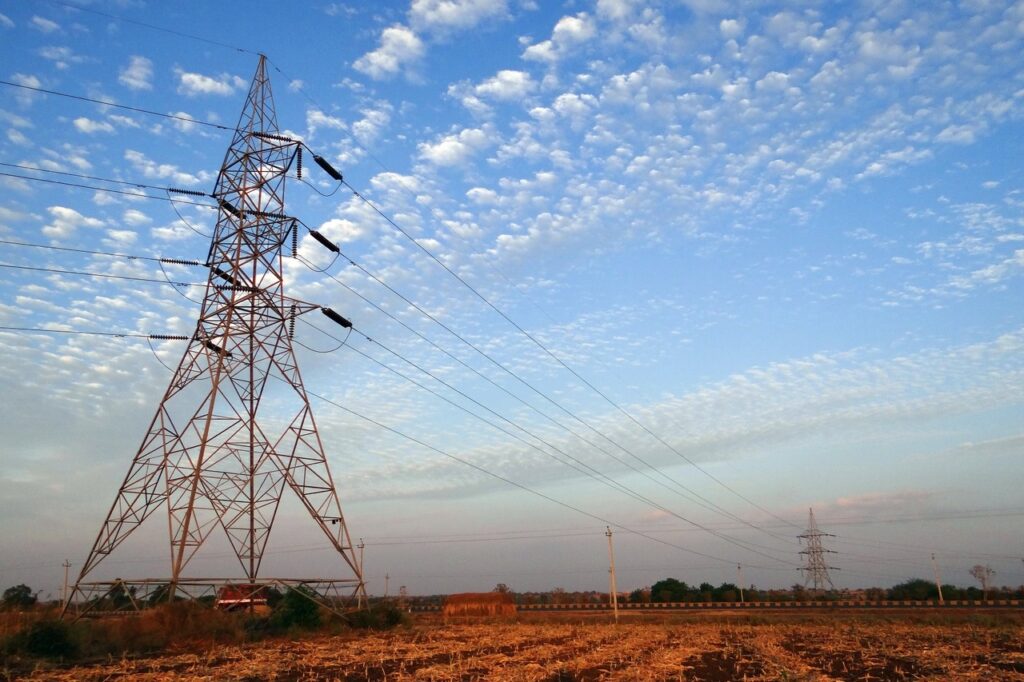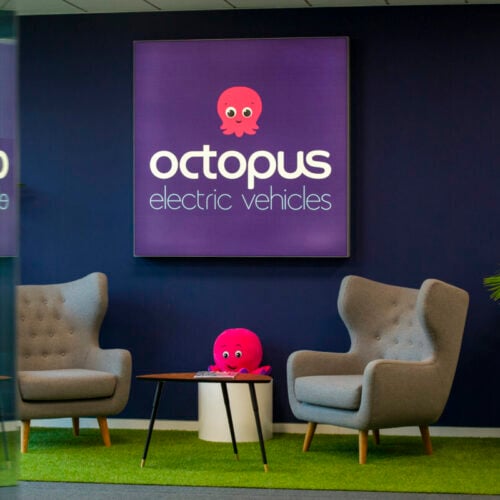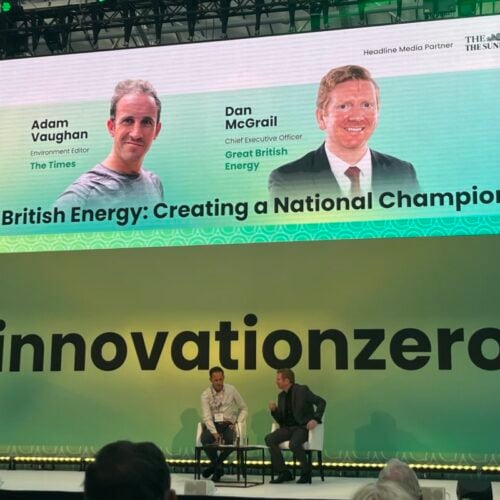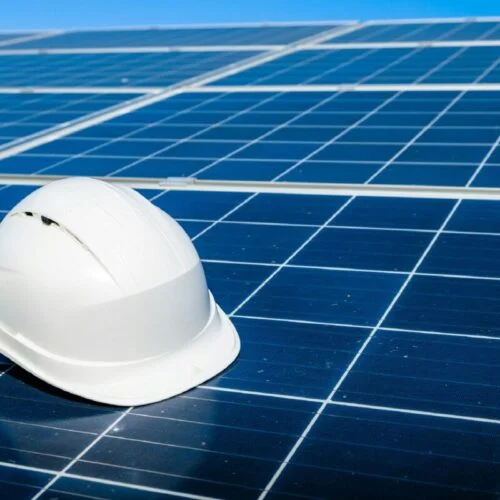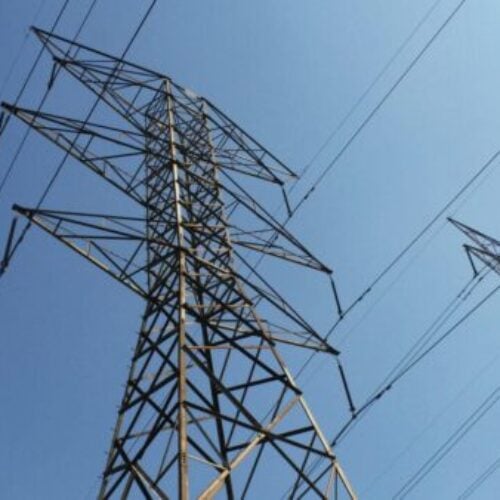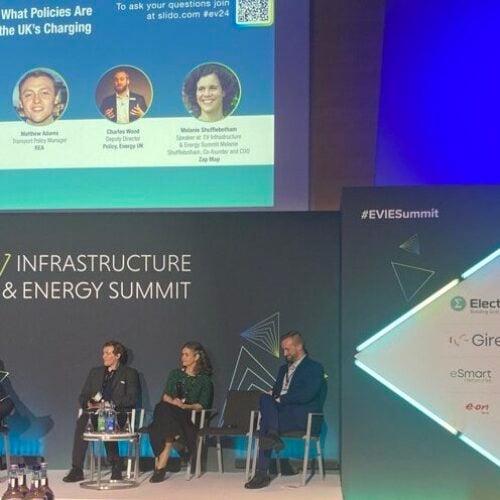Vattenfall Networks has indicated that under proposed reforms for grid connectivity, demand will outpace required network upgrades to facilitate new technologies.
Detailed within the energy company’s Energy security in an increasingly electrical world report, five key developments in the UK energy sector will dictate the future of the system.
This includes an increase in electrical demand because of EVs and heat pumps, electricity demand tripling by 2050, grid reinforcement and potential bottlenecks for grid connections, the required upgrades to the UK grid causing an investment gap and onsite private wire networks requiring significant upgrades.
One of the most significant challenges facing companies in the future will be grid connectivity. Many technologies and sectors are being affected by this, in particular those, like transport and heating, looking to decarbonise through electrification.
EV chargers for example also require a connection and thus are facing delays in being able to be operated, drawing concern ahead of the ban on the sale of new internal combustion engine (ICE) vehicles at the end of the decade.
Vattenfall Networks, part of the Swedish state-owned utility Vattenfall, said that the UK’s “supergrid” was developed in the 1960s when the energy system was very different to the present day. The mobilisation of investment will be required to bring the grid into a new era and support the growing pipeline of low carbon technologies needing connection.
Issues surrounding grid connectivity could worsen with changes to the process of requesting, methods for pricing and grid reinforcement works to come in from April 2023. This will lead to connections being far cheaper and potentially free for the applicant, Vattenfall said, meaning the TEC register could become even more clogged than it currently is. This will cause further delays and could threaten the UK’s net zero goals.
Adding to the urgency in resolving grid connection delays, Vattenfall’s report also outlined that electricity demand is set triple by 2050 to 575TWh and 672TWh in comparison to 2020. Businesses which can generate some, or all, of their electricity needs onsite will be in a strong position to capitalise on this increased demand, Vattenfall said.
“It doesn’t matter what your business does, everyone will need more electricity to reach net zero. But it is vital to start mapping out your transition now to secure access to power, avoid downtime, and loss of revenue from power outages,” said Suzanna Lashford, business development manager at Vattenfall Networks.
“Our new report provides expert insights and offers UK businesses solutions for the challenges emerging in the energy sector, to help them to plan for net zero and ensure security of supply.”
